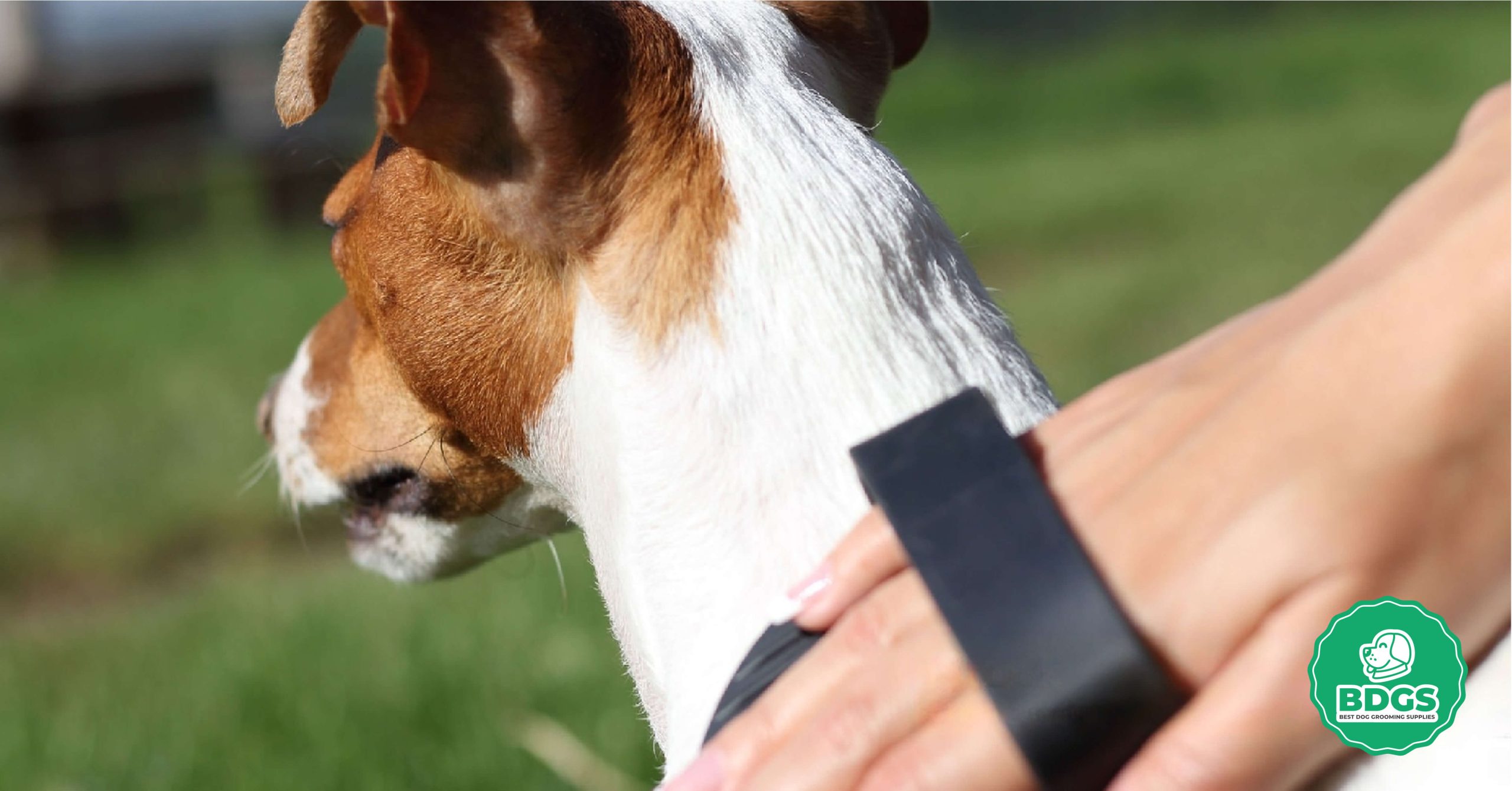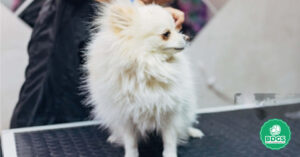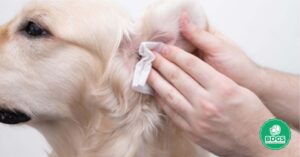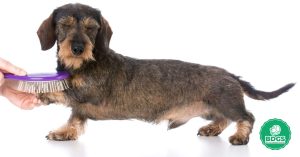A bristle brush is a helpful tool that most people have at home. It can be used for many different things.
What it is at its core is a brush with bristles, which can be real or fake. Because natural bristle brushes are usually made from animal hair, they are gentle and great for jobs like combing your dog’s fur or brushing your hair.
On the other hand, the synthetic bristle brush is made of artificial strands that make it last longer and have a different feel. There may be a soft bristle brush for delicate items and a stiff bristle brush for tough cleaning jobs.
Even brushes with metal bristles are made for cleaning things like grills.
These brushes are essential to our everyday lives, whether we use them to style our hair with a round bristle brush, clean with a soft bristle brush, or groom our dogs with a bristle brush made just for dogs.
What are the types of bristle brush?
Different kinds of bristle brushes are best for a specific job. It’s easy to understand:
- Natural Bristle Brush: This brush is made from animal hair, like boar’s hair. Great for making hair smooth and spreading natural oils out evenly.
- Synthetic Bristle Brush: It is made of fibers made by humans. It works well with heat-shaping tools and gets knots out of thick hair.
- Soft Bristle Brush: It’s easy on surfaces with a soft bristle pet brush. It’s often used to clean fragile things or make skin or hair feel soft.
- Hard Bristle Brush: A hard bristle hair brush has stiff bristles. It can be used to scrub and clean tough spots or dirt.
- Stiff Bristle Brush: This brush has stiff bristles and is in the middle of soft and hard brushes. You can scrub areas that need more force without roughing them.
- Bristle Brush Dog: This brush is made just for brushing dogs. It helps get rid of free fur and makes the hair shiny.
- Cleaning with a Soft Bristle Brush: This is the best way to clean surfaces without scratching or damaging them.
- Metal Bristle Brush: A metal bristle brush has bristles made of metal. Great for getting rust off of metal or cleaning grills.
- Round Bristle Brush: The base is shaped like a circle and is often used to style hair, especially when blow-drying.
- Bristle Brush for Cleaning: You can use a bristle brush for cleaning for a variety of jobs, whether you’re at home or in a workshop.
- Bristle Brush for Hair: This brush is mainly used to style, detangle, and smooth hair.
What is the firmness of a bristle brush?
The firmness of a bristle brush tells you how hard or soft the bristles are. The different amounts of hardness are broken down in this accessible way:
- Soft Bristle Brush: The bristles on this type of brush are soft and bendy. They are great for cleaning precious things or brushing fine hair because they don’t scratch.
- Medium Bristle Brush: These brushes are in the middle of soft and hard, so they are the right amount of stiff. They’re helpful because they can do many things, from cleaning to light scrubbing.
- Stiff Bristle Brush: The bristles on this brush are more robust than those on medium brushes but less complex than those on stiff bristle pet brushes. They are used for more demanding cleaning jobs that don’t need to be too rough.
- Hard Bristle Brush: If you need to scrub something hard, a stiff bristle brush is your best tool. They can eliminate spots, dirt, and other things that won’t come off.
What is the shape of a bristle brush?
The shape of a bristle brush is the type of design or shape of the brush head as a whole. Here’s an easy way to break down some famous figures:
- Flat Brush: The head of this brush is not round but flat. Folks use it to paint or make big strokes all the time.
- Round Brush: The name of this brush tells you what it looks like a round bristle head. It’s often used to style hair, significantly to add curls or volume while blow-drying.
- Oval Brush: This brush is egg-shaped and has the best features of both flat and round brushes. It can be used for many things and is often used for cleaning and brushing hair.
- Paddle Brush: This enormous, flat brush is often used to smooth and untangle hair. It’s big, which makes brushing your hair faster.
- Pointed Brush: This brush ends in a point, making it perfect for delicate jobs like drawing or putting on makeup.
- Conical Brush: The bristles on this brush are tapered from a broad base to a narrow tip, giving it the shape of a cone. It’s often used for specific ways to style hair.
What is the handle of a bristle brush?
Most of the time, the handle is made of metal, plastic, or wood. The handle is made to be comfy to hold, which makes it easy to control the brush. The handle’s length and width can change based on what the brush is used for.
A paintbrush might have a long handle that lets you reach more places, while a hairbrush might have a shorter, wider handle that is easier to hold. The handle is joined to the bristle-filled head of the brush.
Some brushes have handles that are made to fit your hand better, so you don’t get tired after using them for a long time. The handle is an integral part of a bristle pet brush because it makes it easy to use and helps it do its job well.
What is the Hair type of a bristle brush?
The “hair type” of a bristle hair brush tells you what the bristles are made of. For easy reference, here is a breakdown:
- Natural Hair brush: This brush is made from real animal hair, usually from a pig or hog. People like to brush their hair and paint with them because they are gentle and good at spreading natural oils.
- Synthetic Hair brush: This brush has bristles made of artificial materials, such as nylon or polyester. They’re strong, often used with acrylic paints, and good for thick hair or hair that’s been blow-dried.
- Metal Hair brush: These brushes have metal bristles and are often used to clean grills, get rid of rust, or groom pets with thick undercoats.
- Mixed Hair brush: This brush has natural and manufactured bristles and has the best of both worlds. They’re often used on hair because they have the detangling power of manufactured brushes and the smoothing power of natural ones.
What is the purpose of a bristle brush?
A bristle brush can comb, scrub, style, or clean depending on how it’s made and what the bristles are made of. It’s easy to understand:
- Hair Styling: For styling hair, bristle hair brushes make hair smooth and look good. They can smooth out hair, spread natural oils, and make it look shiny.
- Painting: Painters use bristle brushes to add paint to surfaces. They can make big strokes or small details.
- Cleaning: Some brushes are made to scrub and clean surfaces, like kitchen dishes, bathroom floors, and shoe grime.
- Grooming Pets: There are bristle pet brushes made just for pets that help remove dirt, knots, and loose fur while also making them look neat.
- Industrial Uses: Brushes with metal or stiff bristles can be used in factories to clean challenging areas or eliminate rust on machines.
- Personal Care: You can use a soft hair brush to exfoliate the face or clean the nails.
What is the budget for a bristle brush?
A hair brush’s price range varies depending on its type, quality, name, and use. To help you understand, here are some easy words:
- Low-cost brushes: Low-cost brushes usually have manufactured bristles or natural bristles that could be better. They are cheap, but they might only last for a short time. Prices can be anywhere from a few dollars to ten dollars.
- Mid-range brushes: These are a good mix of price and quality. They could have both manufactured and natural brushes or be better made. In general, prices are between $10 and $50.
- High-end brushes: These are usually perfect, maybe even ones made by hand with high-end materials like pure boar bristles or unique designs. For professional or luxury names, prices can start at $50 and go up to several hundred dollars.
What are the drawbacks of a bristle brush?
There are some problems with bristle pet brushes but there are also some good things about them. It’s easy to understand:
- Wear and Tear: The bristles can break, bend, or fall out over time, making the brushless useful.
- Maintenance: Natural bristle brushes, especially ones used on hair, need to be cleaned often to get rid of oil, dirt, and product buildup.
- Not Vegan-Friendly: People who follow a strict vegan diet shouldn’t use natural bristle brushes because they are often made from animal hair.
- Not Always Good for Wet Hair: Because wet hair is more fragile, brushing it with bristle brushes can break it.
- Price: Natural bristle brushes of good quality can be more expensive than manufactured ones.
- Inconsistency: Because natural hairs can be different lengths and thicknesses, their work might need to be more consistent.
- Damage from heat: When hair brushes are exposed to high heat, some can melt or change shape, which means they can’t be used with some shaping tools.
- Not Ideal for All Hair Types: If your hair is fine or thin, stiff bristle brushes might break it easily. Soft brushes might not work well for thick or wavy hair.
Buyer Guides: How to Buy Bristle Brush?
Figure out what you’re going to do with the brush. Do you want to do your dogs’ hair, paint, clean, or groom them? Your choice will depend on the reason.
Type of Bristle:
- Natural Bristles: These are natural bristles, which are soft and gentle. They are great for spreading natural oils in hair or making paint finishes smooth.
- Synthetic Bristles: Synthetic bristles last longer and are usually less expensive. They work well for thick hair, some paints, and deep cleaning.
- Metal Bristles: You can clean tough things like grills with metal bristles.
Firmness:
- Soft: Easy on skin and hair.
- Medium: Flexible and suitable for many jobs.
- Hard: Great for rough brushing or hair that is thick.
- Shape: Consider whether you want a flat, round, oval, or paddle-shaped brush. The form can change how the brush works and what it does.
- Handle: If you will use the brush a lot, look for one with a natural shape that makes it easy to hold.
- Budget: Make a budget ahead of time. Remember that a higher price sometimes means better quality. However, it can often mean that the item is more durable or has a more unique design.
- Reviews: Before you buy something, read reviews online or ask your friends what they think. Real-life user events can teach you a lot.
- Needs for Maintenance: Think about how simple cleaning and fixing up is. Some brushes need more care than others.
- Brand and Quality: Quality that you can trust is often found in trusted brands. But don’t rule out less well-known names; they might be significant.
- Vegan or Ethical Concerns: Avoid animal products if you are vegan or have moral concerns. Instead, opt for brushes with synthetic or plant-based bristles.
- Store Policy: Look at the rules for returns and exchanges. You should know you can return the brush if you hoped for something else.
Conclusion:
Bristle brushes are valuable tools that can be used for many things, like drawing, cleaning, and styling hair and pets. The hair type—natural, plastic, or metal—dramatically impacts how well the brush works and what tasks it can be used for.
Synthetic brushes are strong and can handle tough jobs, while natural bristles are gentle and spread oils equally. Firmness, shape, and how the handle is designed all affect how well and quickly a brush works.
It’s essential to know about the possible downsides, like wear and tear or the need for regular upkeep. Knowing what you want to use the bristle brush for, how much money you have, and reading reviews are all important things to do before getting one.
Users can make sure they’re getting a good deal by making sure the brush fits their wants and tastes. The right hair brush can change things, making daily chores more accessible and fun.
Frequently Asked Questions
A bristle brush is a versatile tool used for various purposes, including hair styling, painting, cleaning, and grooming pets. Its application depends on the bristle type and the brush’s design.
Yes, incredibly natural bristle brushes, like those made from boar hair. They are gentle on the scalp and hair, helping distribute natural oils from the roots to the tips, giving hair a shiny finish and keeping it healthy. They also reduce frizz and help in detangling.
Hair: Natural boar bristles are considered the best for most hair types due to their softness and ability to distribute oils.
Painting: Natural bristles (hog hair) are preferred for oil paints, while synthetic bristles are suitable for acrylics.
Cleaning: Stiff synthetic or metal bristles are ideal for scrubbing tough stains or debris.
A natural bristle brush is made from animal hair, typically boar or hog hair. These brushes are soft, flexible, and can absorb and distribute oils, making them popular for hair brushing and certain types of painting.




